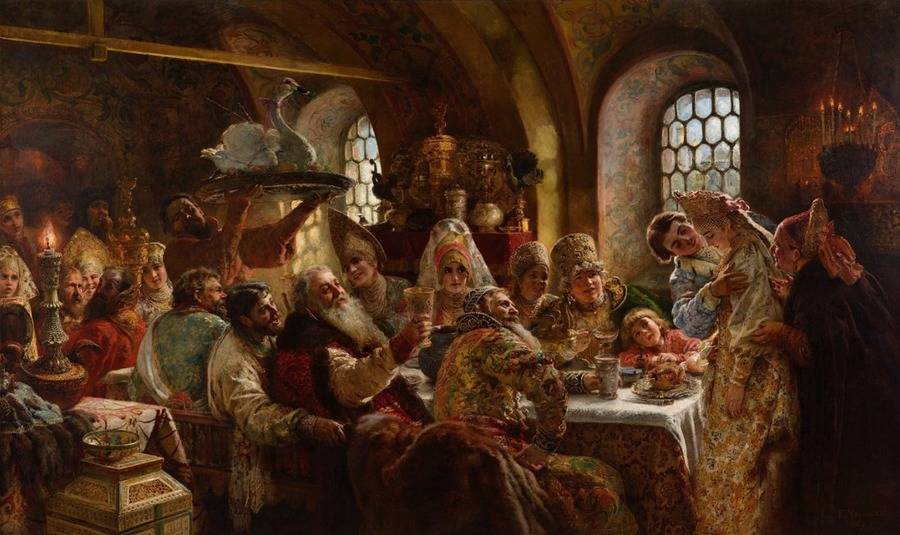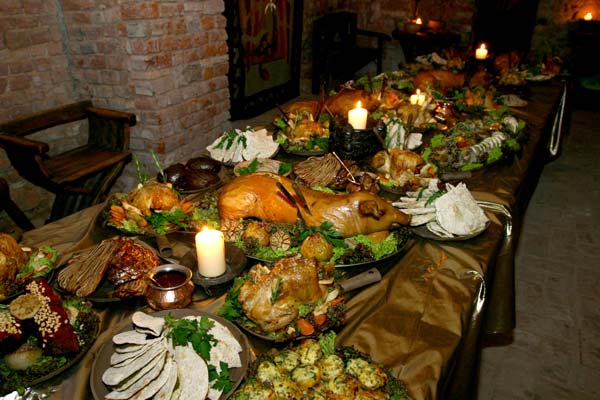

The head of a boar and other dishes at a relatively modest medieval table. Here are some of the quirkiest food habits- including food and drink- during the Medieval period. Nearly one-third of the year carried such proscriptions. Everyone ate heavily of meat, except on those days the church calendar forbade the consumption of animal flesh. Their wealthy compatriots made wines and liquors. From their own harvests, people learned to preserve grains by brewing them into beer and ale. There was milk, from cows, sheep, and goats, usually reserved for consumption by children, or made into cheese for preservation. Wikimediaīread was the staff of life, though it was usually grainy, made of coarse flour and sometimes unleavened. Threshing wheat during the Middle Ages was, like most labor, backbreaking work. Stoves were non-existent, and for many, the only utensils available for cooking were a kettle and a spit over an open fire. There was also little knowledge of such things as nutrition and diet. There was no equivalent of a middle class at the beginning of the period. Wealth was concentrated in the hands of a few.

It depended upon how much money they had. Throughout history, in medieval times what and how people ate and how their food was prepared was obtained, even what kind of food it was, dependent on their position on the social ladder.


 0 kommentar(er)
0 kommentar(er)
